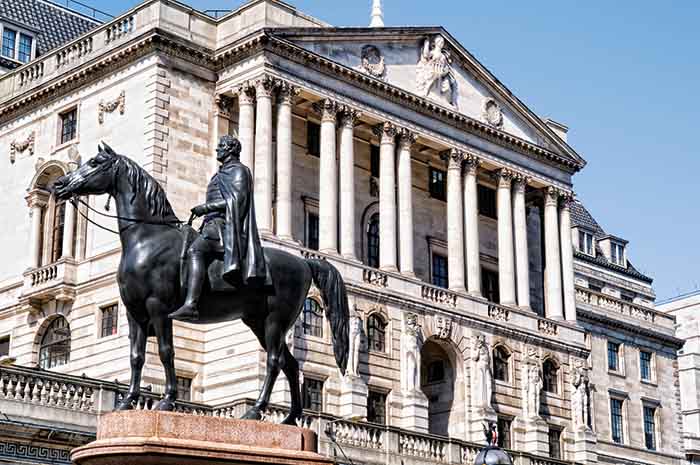The Bank of England raised the base rate by 0.25% to 4.5% today, as expected.
The raise is the twelfth in row and is being considered as likely to be the last of this cycle. There remains some uncertainty though due to the persistently high level of inflation in the UK.
However the effect of raising rates has a heavy time lag, which means tighter conditions are expected to bring inflation down over the coming months without the need for further raises.
To add to the impact of monetary tightening, inflation is set to be pushed down by easing of the squeeze in energy markets and improvement in supply chains.
Marcus Brookes, chief investment officer at Quilter Investors commented: “With the Bank of England raising interest rates yet again, we continue to ask ourselves ‘is this the end of the hiking cycle?’ Unfortunately for many households and businesses, we simply just do not know yet. While it appears in the US that they are ready to hit the pause button on interest rates, here in the UK we continue to face sky-high inflation, leaving the BoE with a tricky task of knowing when enough is enough on rates.
“However, the rate of inflation is still predicted to drop considerably from here as energy prices have since subsided following Russia’s invasion of Ukraine. This may give the BoE enough cover at its next meeting to press pause and give a little respite, before deciding on the next course of action.”
Rachel Winter, partner at Killik & Co, said: “Sticky inflation means the Bank of England has once again turned to its weapon of choice in hope of stamping out the inflationary pressures the economy is facing. While the Federal Reserve recently indicated that it was ready to hit the pause button on rate hikes in the US, markets in the UK are currently pricing in a peak of 4.85% in September.
“It is still expected that UK inflation will decline over the summer as lower energy prices start to feed into the data, but for the time being inflation remains well above the Bank of England’s 2% target. Data published yesterday showed that inflation in the US had dropped to 4.9%, but our rate is still above 10% and therefore the central bank has been forced to put rates up again.
Hussain Mehdi, macro & investment strategist at HSBC Asset Management, added: “The Bank of England is in an increasingly tight spot. Underlying inflation is proving to be sticker-than-expected, while there is increasing concern over ongoing labour market tightness and the risk of a wage-price spiral. In the context of resilient economic activity, we think there is a good chance of the Bank Rate peaking at 5% by the August meeting. Rate cuts are unlikely until well into 2024, whereas the Fed could be in cutting mode later this year.
“As rates moves deeper into restrictive territory and credit conditions tighten, a policy-induced recession becomes almost inevitable,” he said. “We hold a cautious view on UK and European risk assets amid market pricing which currently embeds a relatively optimistic macro and corporate earnings scenario.”










